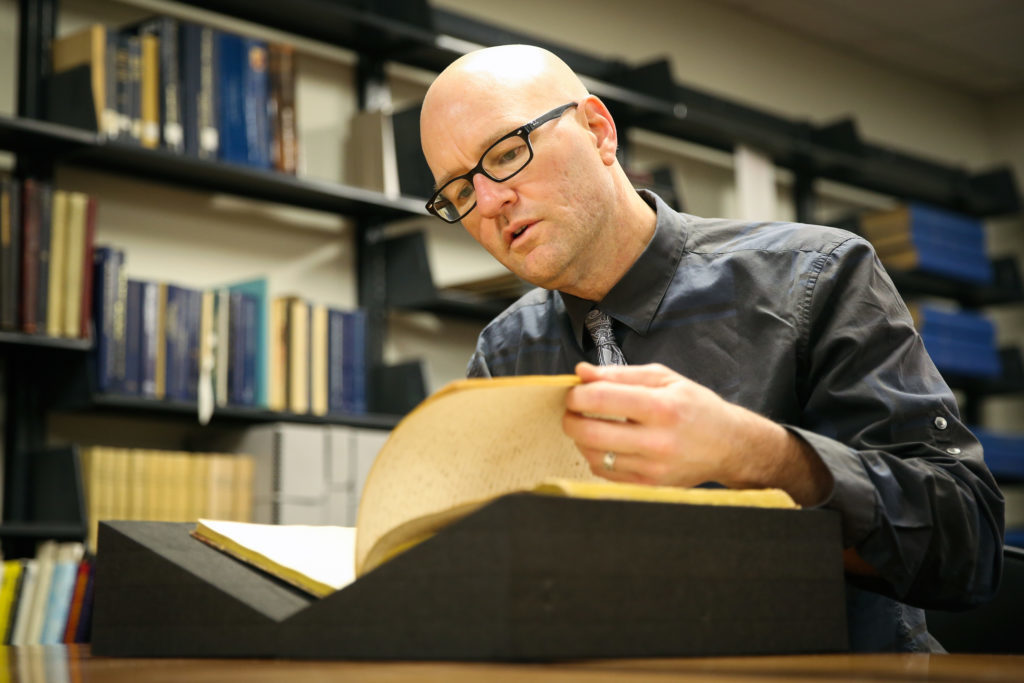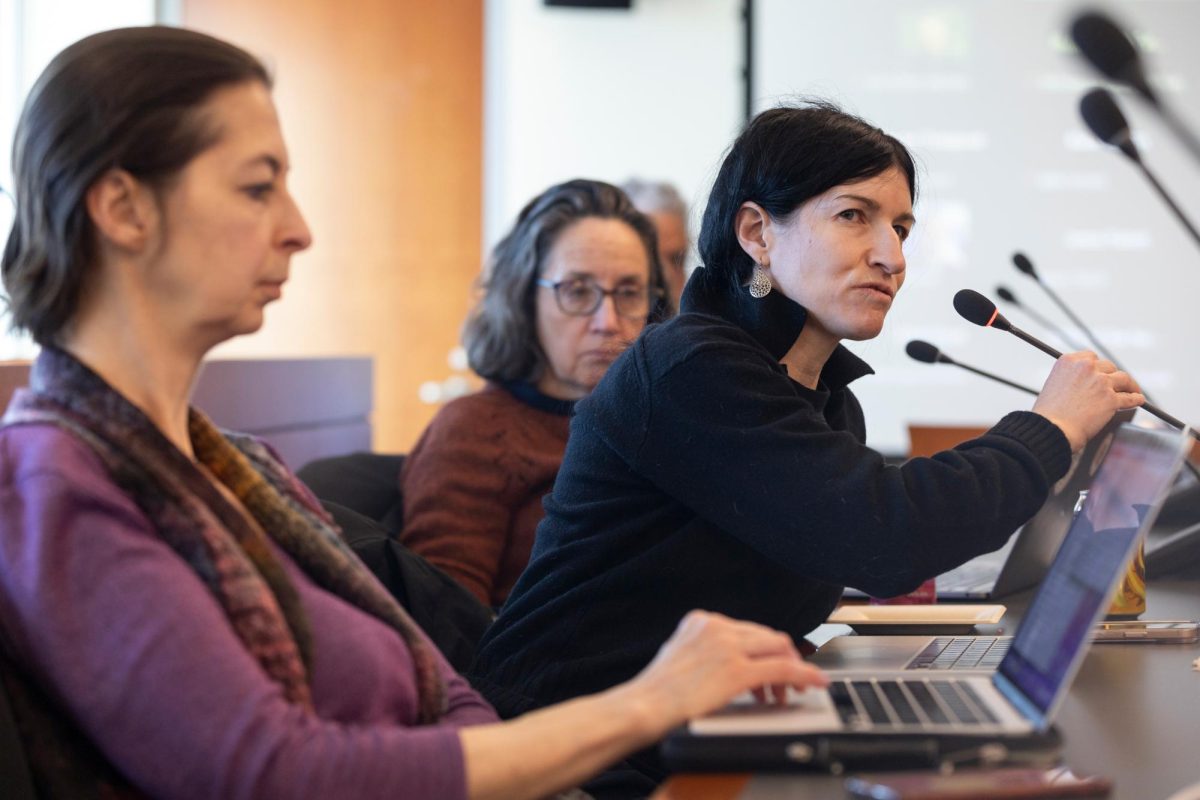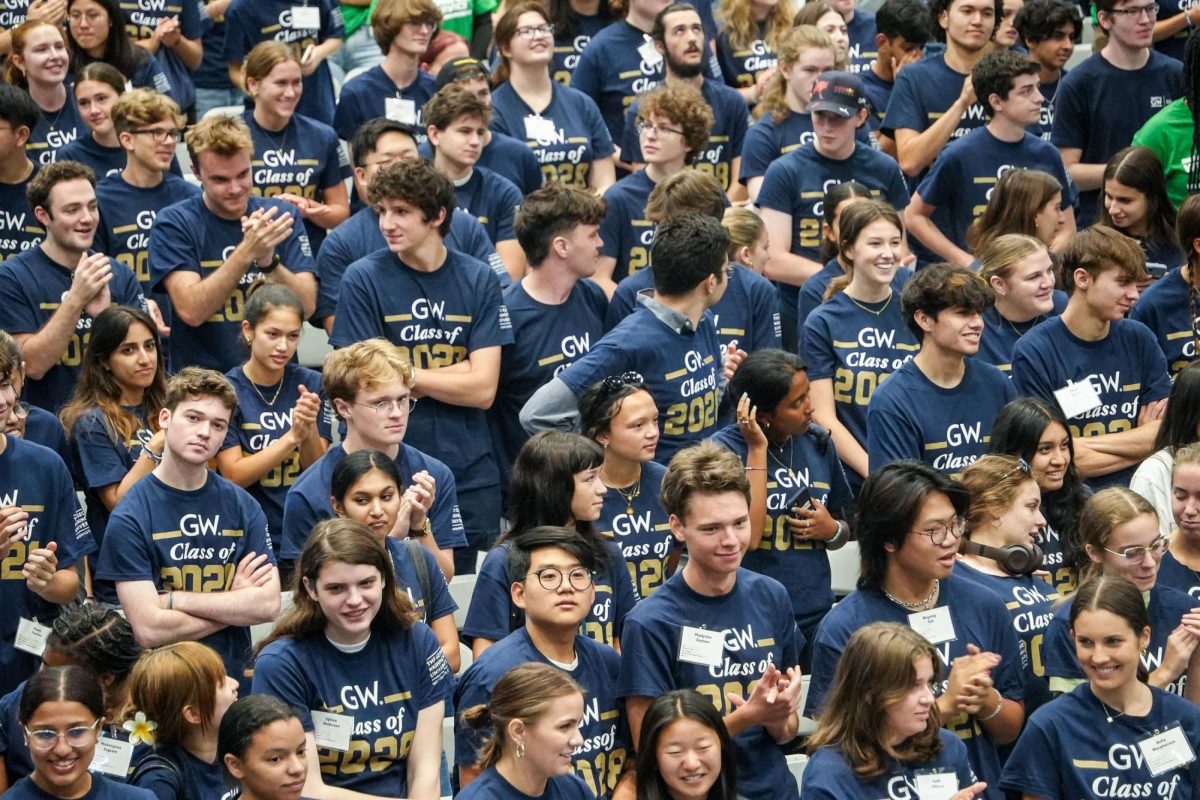Faculty said they are “excited” about the online fall semester and have adjusted their classes over the summer to make them more accessible to students.
After weeks of planning for a mix of online and in-person classes with social distancing measures, officials decided in July that classes will remain online this fall. More than 10 faculty said they have spent the summer preparing for a virtual fall semester, adding virtual office hours to allow for more interaction and support between students and professors and trying out different class schedules to accommodate students’ personal, academic and geographic circumstances.
Phillip Troutman, an assistant professor of writing and history and director of the Writing in the Disciplines program, said he is looking forward to teaching this semester because of updates he is making to his classes, like creating small research teams for students to share their work and get to know each other outside of class.
“We are still learning a lot – and there will be experimentation happening as we go – but I am really proud of what GW faculty have done this summer to prep for fall,” he said in an email.
Troutman said faculty have worked “several thousand hours of unpaid overtime” this summer to attend workshops and boot camps on online teaching practices.
Faculty have been participating in FLEX or Forward Looking EXplorations teaching camps to prepare for the fall semester, according to a University release. GW Libraries and Academic Innovation staff held the camps throughout the summer and taught faculty members “effective course design” in addition to providing guidance in using Blackboard and other educational technologies.
Akos Vertes, a professor of chemistry, said he is teaching General Chemistry II for the first time this semester and needed to simultaneously “recalibrate” himself to the new course material in addition to adjusting the course to an online format.
“This is clearly a challenge, and I think it’s a challenge for the students as well,” he said. “My plan is to forge an alliance with the students and face these challenges together, so I expect them to tell me if something is not working for them, and likewise.”
Vertes said the pandemic has forced professors to “embrace technology,” adding that the transition could produce a positive outcome.
He said faculty members who taught General Chemistry II in the past changed the required textbook this fall to a textbook that was available for free online, which makes it easier for students to search for information digitally rather than using the index of a physical textbook.
“In a PDF, I can search for anything really, find information very, very quickly, so that’s also an innovation,” he said.
Irene Foster, an associate professor of economics, said the most challenging issue she faced when shifting her classes online was creating a “sense of community,” specifically for her freshmen.
Foster said she plans to share some of her personal life throughout the semester to make her classes more intimate. She added that she has hosted Zoom meetings in the past week where her students can get together for “chit chat.”
“I am really dropping this idea of being so formal – I tend to teach kind of formally,” Foster said. “I just need to make it all more relaxed so that students come in with more of a familiarity and a comfort level.”
She said she learned how to incorporate new technology into the classroom that she plans to use in future in-person classes. Foster said she will use the interactive virtual classroom program Top Hat, which allows users to record lectures, administer quizzes and take attendance.
She said her teaching assistants are helping make her classes more accessible to students that need extra help. She said they plan to try out several class meeting times to see what works best for students in different time zones.
Melani McAlister, a professor of American studies and international affairs, said prior to the announcement of the virtual fall semester, she planned to take her two and a half hour seminar-style class on trips to places like the National Gallery for events and walking tours. She said she will instead divide her class into smaller groups on some days to give her students more “accessible” discussion time in addition to larger class meetings.
“I hope and trust that it will be better than the second half of the spring semester,” McAlister said. “I feel like we all had to make a quick pivot and that was hard on everybody, but now we’ve worked pretty hard this summer to figure out how to do this.”








